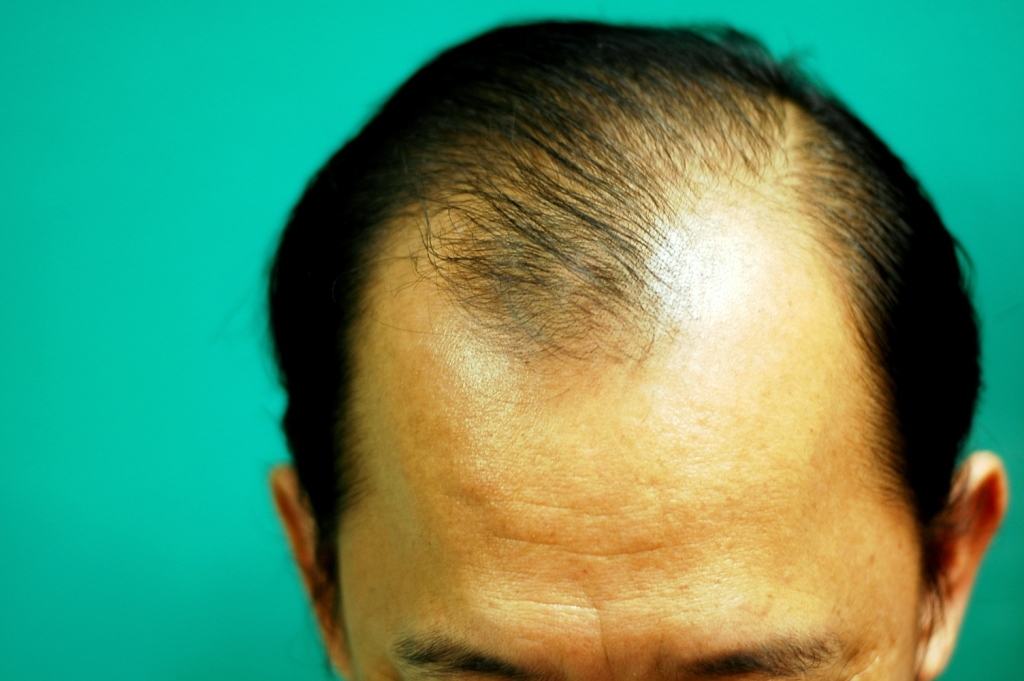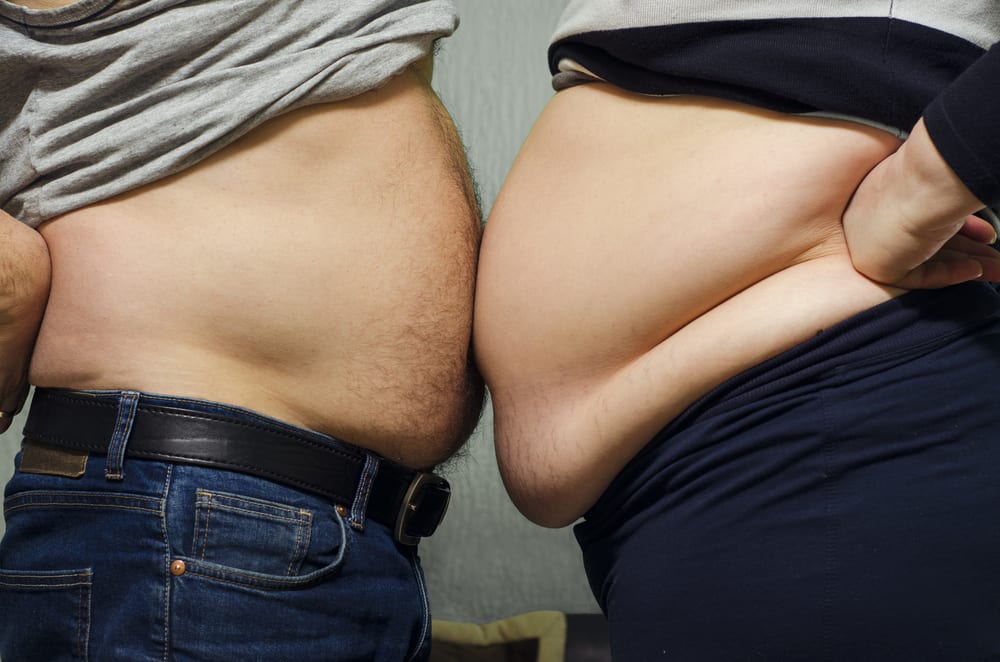Contents:
- Medical Video: Mayo Clinic Minute: 5 signs your teen might have an eating disorder
- 1. Youth
- 2. Women
- 3. Athletes
- 4. Having a family who has an eating disorder
- 5. People who are obsessed with losing weight
Medical Video: Mayo Clinic Minute: 5 signs your teen might have an eating disorder
Eating disorders are serious conditions related to eating behavior. These conditions continue to have a negative impact on body shape, bodily functions, and emotional conditions. The most common eating patterns are anorexia nervosa, bulimia nervosa, and binge eating. These three eating disorders can happen to anyone. However, there are some groups that do have the highest risk of experiencing this disorder. Who is at high risk for eating disorders? See below.
1. Youth
The peak age at which eating disorders occur is between 12-25 years of age. On average, those who experience eating disorders are teenagers aged 18 years.
Teenagers are a period of identity formation, so they tend to try new things, including diet. Plus, the many influences from friends of his age can easily influence the way a teenager thinks, including thinking negatively about his body.
So, be aware of some of the initial symptoms of whether your teen is having a eating disorder. Symptoms include:
- Often don't want to eat (intentionally, not because you forget or are too busy)
- Too often weighing
- Drastic changes in body weight
- An always bad assessment of his own body
2. Women
Eating disorders can actually occur in both men and women, but in fact women have a higher risk because of many pressing factors. Therefore, it is not surprising that cases of eating disorders are always dominated by women.
Research in the Journal of Cerebral Cortex shows that women's brain activity is more susceptible to negative body images than men. Therefore, women are more difficult to accept themselves as they are.
This can be due to social pressure in women. There is a demand in a society with patriarchal value that certain body forms are better than other forms.
3. Athletes
People who are involved in competitive sports such as gymnastics, athletics, rowing, and other sports that require a certain standard form and body weight are at greater risk. People in this group have strict targets to support their sports performance in matches.
Reported on the Everyday Health page, even sportsmen or athletes have a three times greater risk of eating disorders compared to those who are not athletes. This risk is more likely to occur in female athletes than male athletes.
The most common type of eating disorder in athletes is anorexia nervosa and bulimia.
4. Having a family who has an eating disorder
People who have family members with a history of eating disorders will have a higher risk of experiencing this disorder.
This is related to the presence of certain genes in the human body which can increase the risk of developing deviant eating behaviors. Even so, this genetic condition is still being evaluated further how can genes influence a person's eating behavior.
5. People who are obsessed with losing weight
Many people desperately go on a diet to lose weight, whether it's on the right or wrong diet principle. Be careful, when people are too obsessed with losing weight and actually getting into the wrong diet, this can lead to deviant eating behavior.
For example a diet that requires not to eat all day or eliminate one source of certain nutrients to the extreme. This will eventually form the wrong eating behavior and trigger people to experience anorexia, bulimia, or binge eating.

















